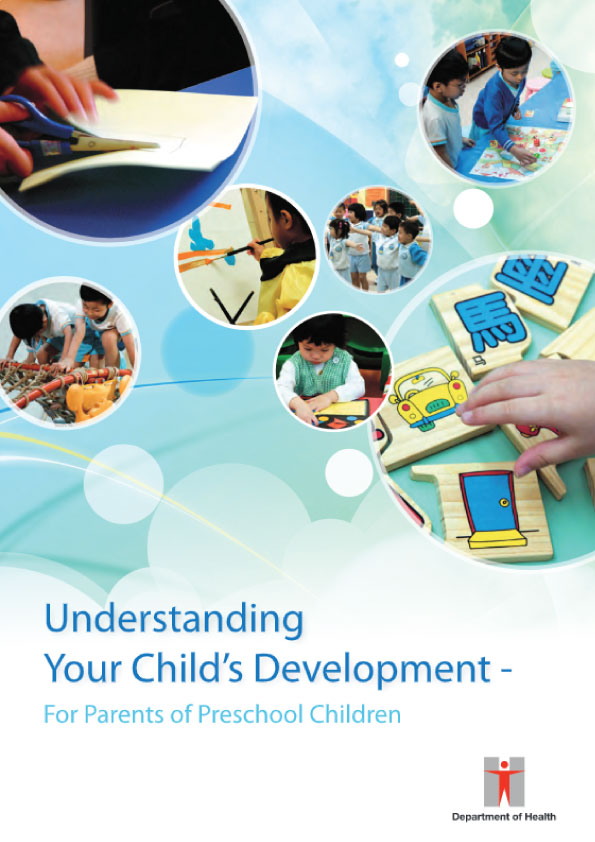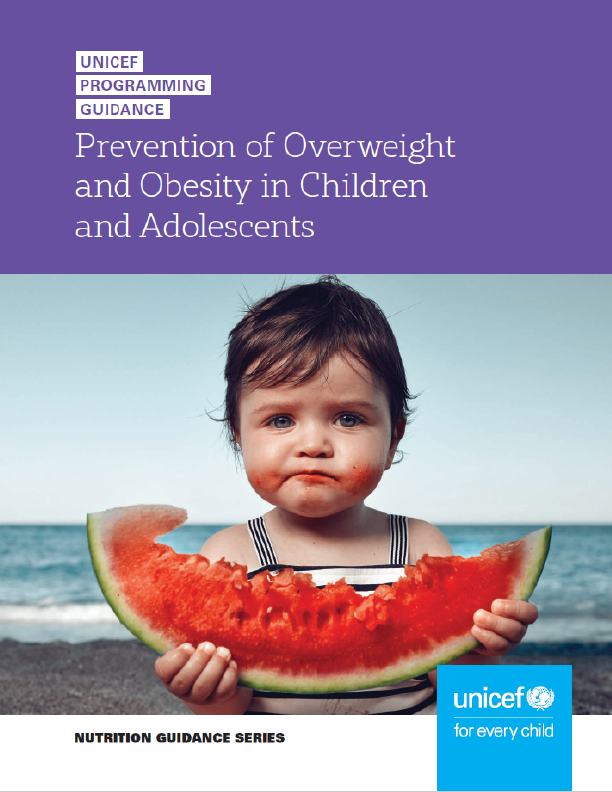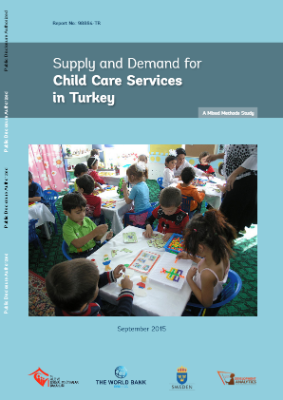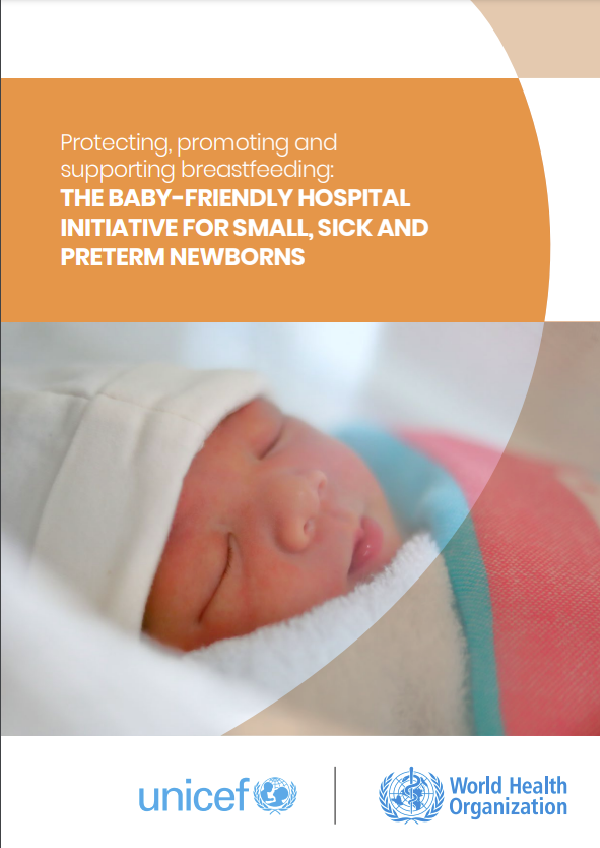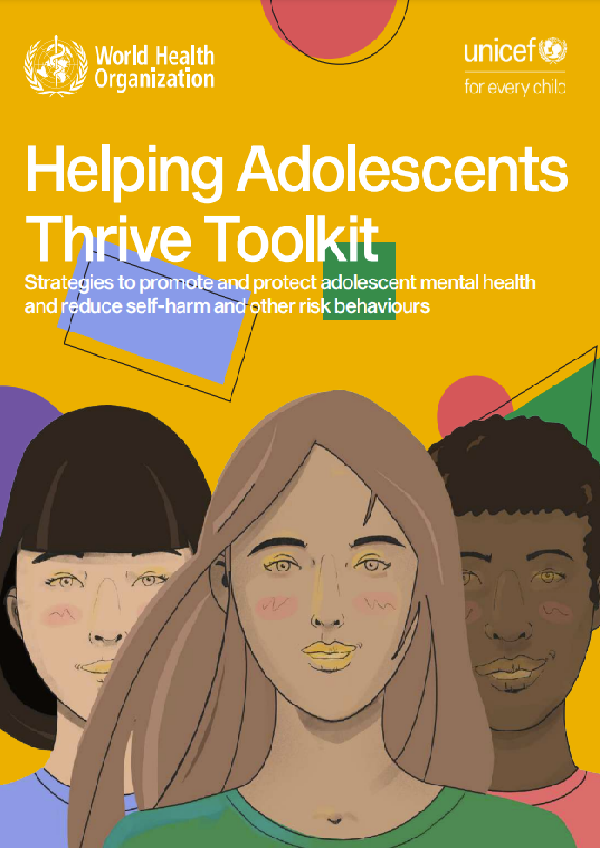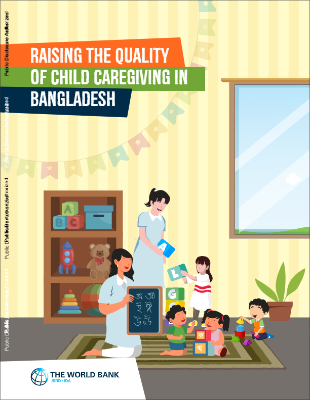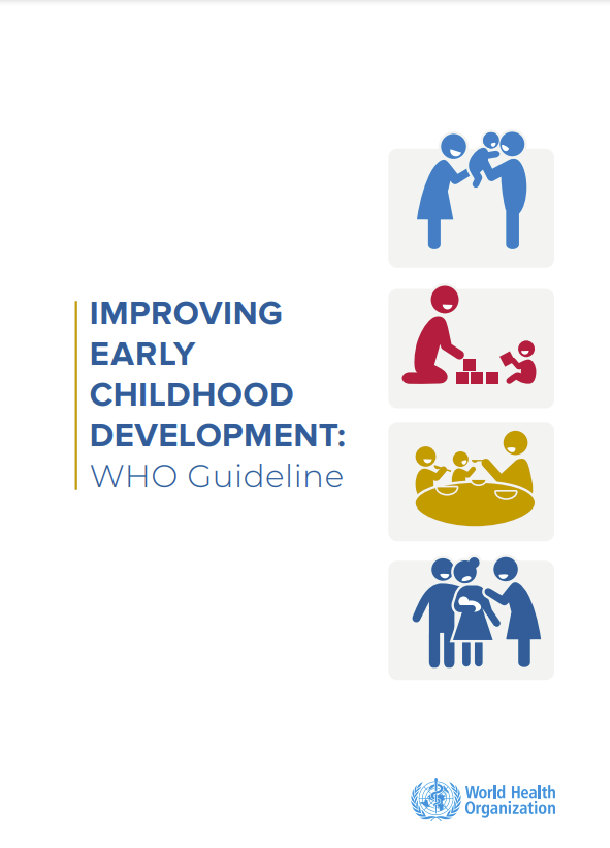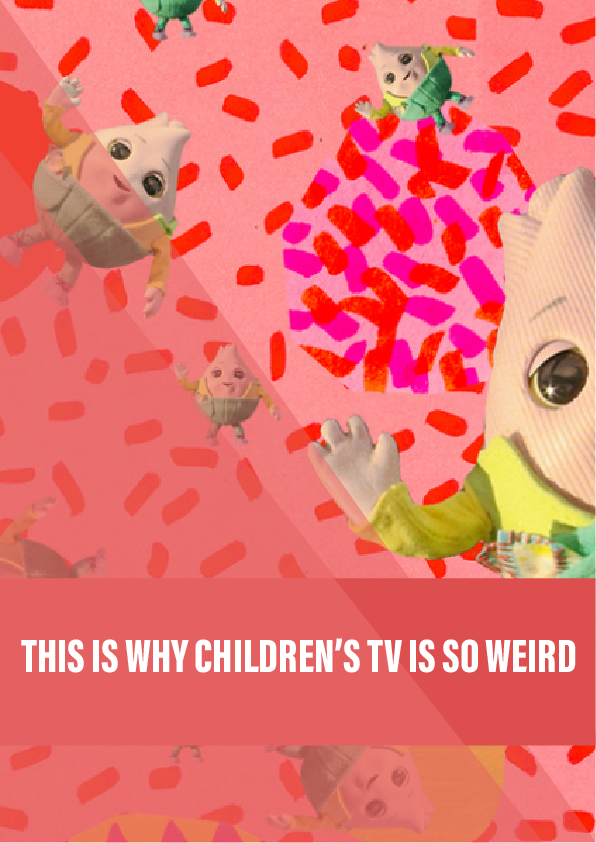Starting preschool signifies a new milestone of your child’s development. Other than the family, the preschool also plays an important role in nurturing your child’s learning of knowledge and skills. Close communication between parents and teachers surely helps in facilitating their development.
Understanding Your Child’s Development – For Parents of Preschool Children
Being parents, we all would like our children to have normal and balanced development in cognition, language, motor, self-care and social skills as well as behaviour. However, one would become worried if the child does not perform as expected. To avoid undue concerns, parents and teachers are advised to consider the following points when observing children’s performance:
- Child development is a continuous process that progresses according to a certain sequence. Yet, each child develops at his/her own pace and individual differences are expected.
- Every child has his/her own strengths and weaknesses. It is perfectly natural for a child to excel in a certain area but be comparable or weaker in another.
- A child may perform differently in different contexts. Communication between parents and teachers helps to foster a better understanding of the child’s actual performance.
- The age of children in a class may vary greatly. The younger ones may need more time and guidance in acquiring certain knowledge and skills. Parents and teachers should adjust their expectations accordingly.
If a child’s development does arouse concern, parents and teachers may observe his/her performance after adapting to school life for a while. Bearing in mind that the child is learning and growing all along, do not be over alarmed if the problem is only temporary, or he/she is only slightly behind in one or two specific abilities of a particular developmental aspect (e.g. language, cognition, gross or fine motor skills, self care or behaviour). However, if the child’s performance persistently differs from other children, then parents and teachers should discuss with each other on the need for follow-up actions.
The followings are some conditions that parents and teachers should pay special attention to when observing children’s development.
After attending K-1 (aged 3 to 4) for a period of time, the child still:
Cognitive Development
- cannot grasp basic concepts, such as big and small
- shows difficulty in understanding the meaning of “one” or “two”
- fails to describe the use of common objects, e.g., spoon for eating; scissors for cutting
- does not participate in make-believe play, e.g., pretending to be doctors, playing with kitchen set etc.
Language Development
- fails to identify and name most common objects and pictures
- fails to follow simple instructions, e.g., “Put the car in the toy box”
- cannot answer simple “yes/no” questions
- does not speak in short phrases, e.g., “Daddy wants cookies”
- shows confusion in understanding or using pronouns, such as “I want biscuits” or “You give it to Daddy”
- cannot imitate nursery rhymes
- has unclear or unintelligible speech
Motor Development
- falls easily while walking
- needs assistance when walking up/down stairs
- appears clumsy in use of fingers, e.g.: unwrapping candies, turning pages of a book or playing with clay
- cannot copy vertical or horizontal lines
- shows difficulty in screwing or unscrewing bottle cap
Self-care Skills
- fails to indicate toilet needs, wets at day time frequently
- cannot take off loose T-shirts, shoes and socks
- appears clumsy and messy when using a spoon
Social and Behavioural Development
- shows little interest on or ignores other children; prefers playing on his/her own
- lacks eye contact and seldom initiates to communicate with others
- seldom directs other’s attention to things he/she feels interested
- clings excessively and shows extreme difficulty in separating from the main caregiver in most situations
After attending K-2 (aged 4 to 5) for a period of time, the child still:
Cognitive Development
- cannot distinguish between two objects by their size, height or length
- cannot classify and match objects, e.g., shoes with socks, cup with plate
- shows difficulty in understanding basic number concepts, such as counting 2 to 3 objects correctly
- fails to recognize 1 to 2 objects just shown
Language Development
- shows difficulty in understanding longer sentences, such as “Put the toy car in the box next to the desk”
- fails to understand stories told
- does not speak in simple sentences, e.g., “I like playing car”
- fails to ask “what” and “who” questions
- cannot relate simple events with guidance
- has unclear speech
Motor Development
- appears clumsy when walking, running or climbing and may fall easily
- fails to throw and catch or kick a rolling ball
- has difficulty using scissors
- fails to copy circle, inclined line, simple words or letters e.g. “十”, “日”, “人”, “C”, “X”
Self-care Skills
- cannot dress himself/herself, e.g., pull up or down pants, undo big buttons
- fails to wash and dry hands independently
- needs assistance when going to urinate
Social and Behavioural Development
- ignores other children, seldom initiates to communicate with others
- does not like and feel uneasy in joining group games
- shows no intention to share or cooperate with other children
- fails to observe rules or take turns
- throws tantrums easily and shows destructive or aggressive behaviours excessively
After attending K-3 (aged 5 to 6) for a period of time, the child still:
Cognitive Development
- is unable to grasp simple common knowledge such as “What do people do when the weather is cold?”, “What has four wheels?”
- shows difficulty in understanding quantity, such as counting 4 to 6 objects correctly
- fails to name a few colours or shapes
- fails to identify and read numbers, letters or simple words, such as “人”, “口”, “日”, ‘A’, “B”
- obviously lags behind his/her peers in acquiring skills or knowledge
Language Development
- shows difficulty in understanding complex sentences, e.g., “You should not eat without washing your hands”
- cannot carry out verbal instructions, e.g., receiving instruction from a telephone call
- fails to relate events or describe a picture
- cannot respond appropriately and maintain the topic when talking with others
- has a limited vocabulary and cannot express himself/herself appropriately
- cannot speak fluently when relaxed
Motor Development
- cannot stand on one foot
- appears clumsy or lacks confidence when climbing frames in playground
- has difficulty in colouring within boundaries
- appears clumsy in doing simple artwork e.g. cutting, gluing and sticking
- appears weak in pencil grip and slow in copying words
Self-care Skills
- cannot dress and undress himself/herself
- fails to squeeze the towel dry and clean his/her face independently
- does not know how to brush teeth
- fails to feed himself/herself using knife, fork or chopsticks
Social and Behavioural Development
- is excessively shy and timid, often refuses to talk to strangers
- is emotionally labile and loses temper easily
- fails to observe rules; cannot cooperate with peers in group games
- appears self-centred and fails to understand others’ feelings
- is inattentive and easily distracted in class
- is restless, fidgety and talkative
- refuses to follow instructions and shows destructive or aggressive behaviours
If the child shows the above signs persistently, teachers can make use of the referral system under the Comprehensive Child Development Service and refer the child to the Maternal and Child Health Centre (MCHC). Parents can also call the respective MCHC themselves to arrange for appointment. Children develop and progress rapidly in the first few years of life. Early identification and intervention would help their future development and adjustment to life.
